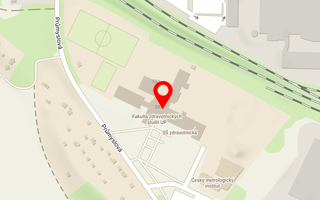Publikace detail
Surgery in the Theresienstadt Jewish ghetto
Autoři:
Horáčková Kateřina | Grymová Renáta | Hrstka Zdeněk | Moravcová Markéta | Ševčovičová Andrea | Pilný Jaroslav | Děrňarová Lubica
Rok: 2020
Druh publikace: článek v odborném periodiku
Název zdroje: CHIRURGIA : a Journal on Surgery
Strana od-do: 150-156
